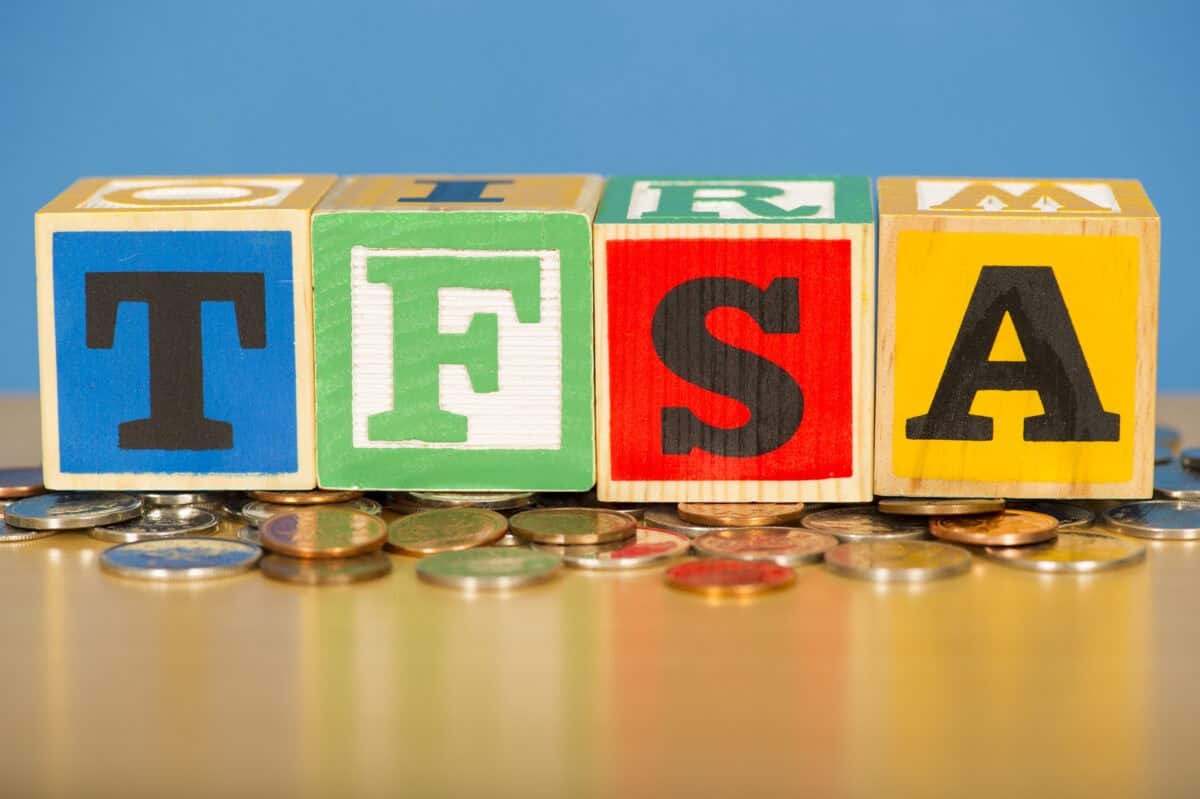Canadian investors are using their Tax-Free Savings Account (TFSA) to build investment portfolios to help meet financial goals. One popular TFSA strategy involves owning dividend stocks and Guaranteed Investment Certificates (GICs) to generate a stream of tax-free passive income.
TFSA limit
The TFSA limit is $7,000 for 2025. This brings the cumulative maximum contribution space per person to $102,000. That’s enough for retirees and other income investors to put together a solid basket of investments to provide steady income to complement a company pension and government pension payments.
All interest, dividends, and capital gains generated inside a TFSA on qualifying investments are tax-free. This means investors can pull the full amount of the earnings out as income without having to share some of it with the Canada Revenue Agency (CRA). In addition, the CRA does not use TFSA income when it calculates net world income that is used to determine the Old Age Security (OAS) pension recovery tax.
Seniors who collect OAS need to keep an eye on their net world income. Every dollar of income above a minimum annual threshold triggers a $0.15 clawback on the OAS that is payable in the next term. In the 2025 income year, the number to watch is $93,454. For example, a retiree with a 2025 net world income of $103,454 would see their OAS reduced by $1,500 for the July 2026 to June 2027 payment period.
As such, it makes sense for high-income seniors to hold income-generating assets in a TFSA before investing inside taxable trading accounts.
GICs or dividend stocks
GIC rates peaked around 6% in late 2023. Since then, rates have declined considerably after the Bank of Canada started to reduce interest rates. At the time of writing, investors can still get GIC rates between 3% and 4%, depending on the term and the institution offering the GIC. That’s still comfortably above the current rate of inflation, and the GIC is a risk-free investment as long as the amount is within the $100,000 limit and is offered by a Canada Deposit Insurance Corporation (CDIC) member.
The downside to a GIC is that the best rates are offered on non-cashable certificates, so the capital is locked up for the term of the certificate. In addition, the rate is fixed, and rates available in the market might be lower when the GIC matures.
Dividend stocks come with capital risk. The share price can fall below the initial purchase price and dividend payouts sometimes get cut when a company runs into financial challenges. That being said, there are a number of good TSX stocks that have paid reliable and growing dividends for decades. These stocks go through ups and downs but generally recover over time and move to new highs.
Enbridge (TSX:ENB) is a good example of a top TSX dividend stock offering an attractive yield.
The energy infrastructure giant has increased its dividend annually in each of the past 30 years. Ongoing dividend hikes should be in line with growth in distributable cash flow that is generated through the capital program and acquisitions. At the time of writing, ENB stock provides a dividend yield of 5.9%.
Each dividend increase drives up the yield on the original investment. In addition, stocks can be sold at any time to access the money in the event of an emergency need for cash.
The bottom line on TFSA income
The best mix of GICs and dividend stocks is different for each investor, depending on the person’s need to access the funds, desired rate of return, and appetite for risk.
In the current market, it is possible to put together a diversified portfolio of GICs and TSX dividend stocks to get an average return of 4.5%. On a TFSA of $102,000, this would generate $4,590 per year in tax-free passive income. That’s an average of $382.50 per month!

